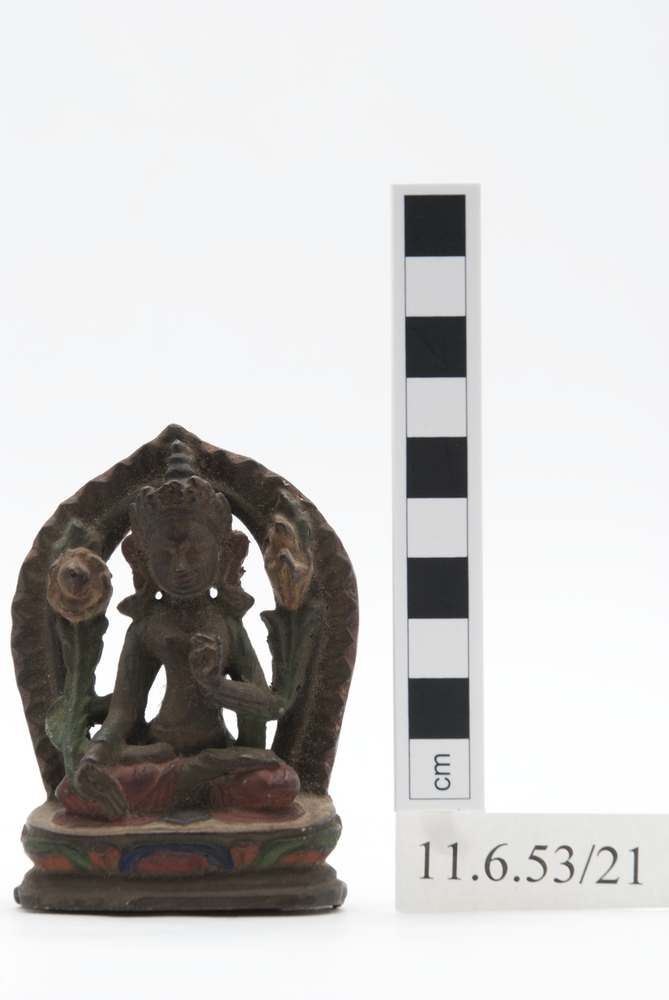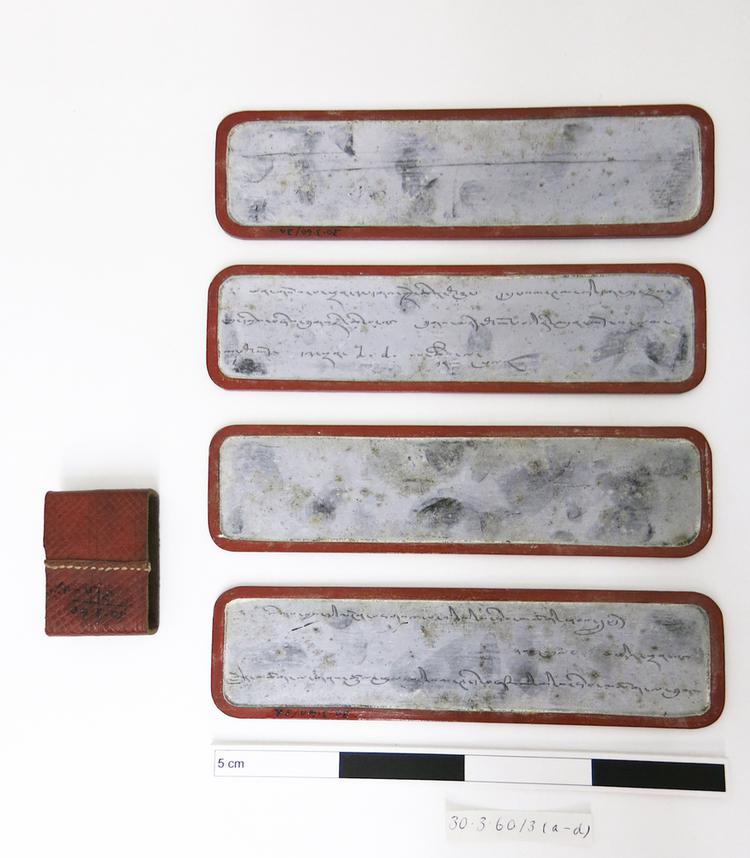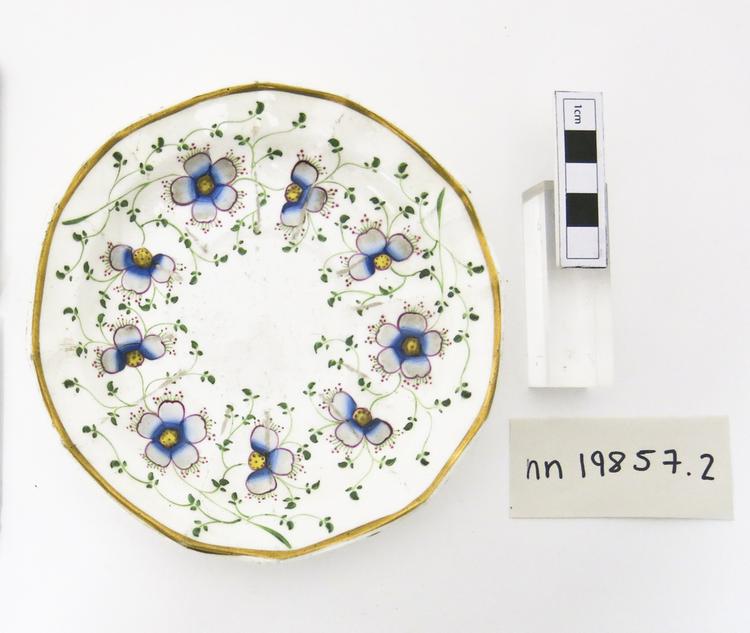

Painted stone polychrome figure of White Tara Padmapani set against an arch with a fully open lotus symbolising day to her right and a half open lotus symbolising night to her left. She is seated in diamond lotus position with the soles of her feet pointed upwards. Her left hand is in dharmacakra mudra, turning the wheel of law; her right in boon-granting mudra. Tibetan consecration inscription 'OM AH HUNG' on reverse.
Painted stone figure of White Tara (Sitatara in Sanskrit or Drolma Kharpo in Tibetan). In this instance she appears to have seven eyes, which symbolize her vigilance and ability to see all the suffering in the world. She is seated on a lotus throne in the lotus position, with the soles of her feet pointed upward. Her right hand makes the boon-granting gesture whilst her left hand forms the protective mudra. In her left hand, she holds an elaborate lotus flower. The inscription on reverse of the figure reads OM AH HUNG, or Body, Speech, Mind. These syllables may well have been written on the figure by a Rinpoche -a reincarnated Buddha, returned to help others reach enlightenment- or a high lama. The location of the syllables corresponds to the parts of the body of the deity: 'body' is marked on the other side of the canvas to the forehead, 'speech', the throat and 'mind', the heart. Through this process of consecration (or rapney in Tibetan) the figure becomes the deity it represents.






